Cheat Sheet: Directing | Business Studies (BST) Class 12 - Commerce PDF Download
| Table of contents |

|
| What is Directing? |

|
| Characteristics of Directing |

|
| Importance of Directing |

|
| Principles of Directing |

|
| Elements of Directing |

|
| Supervision |

|
| Motivation |

|
| Leadership |

|
| Communication |

|
Directing in management is like leading a school event—it involves guiding, motivating, and supervising teams to achieve goals. It’s not just giving orders but ensuring efforts align with organizational objectives through leadership and support.
What is Directing?
Directing is the management function of instructing, guiding, counselling, motivating, and leading people in an organisation to achieve its objectives. It includes supervising tasks, enhancing efficiency through motivation, and leading toward organisational goals.

Characteristics of Directing
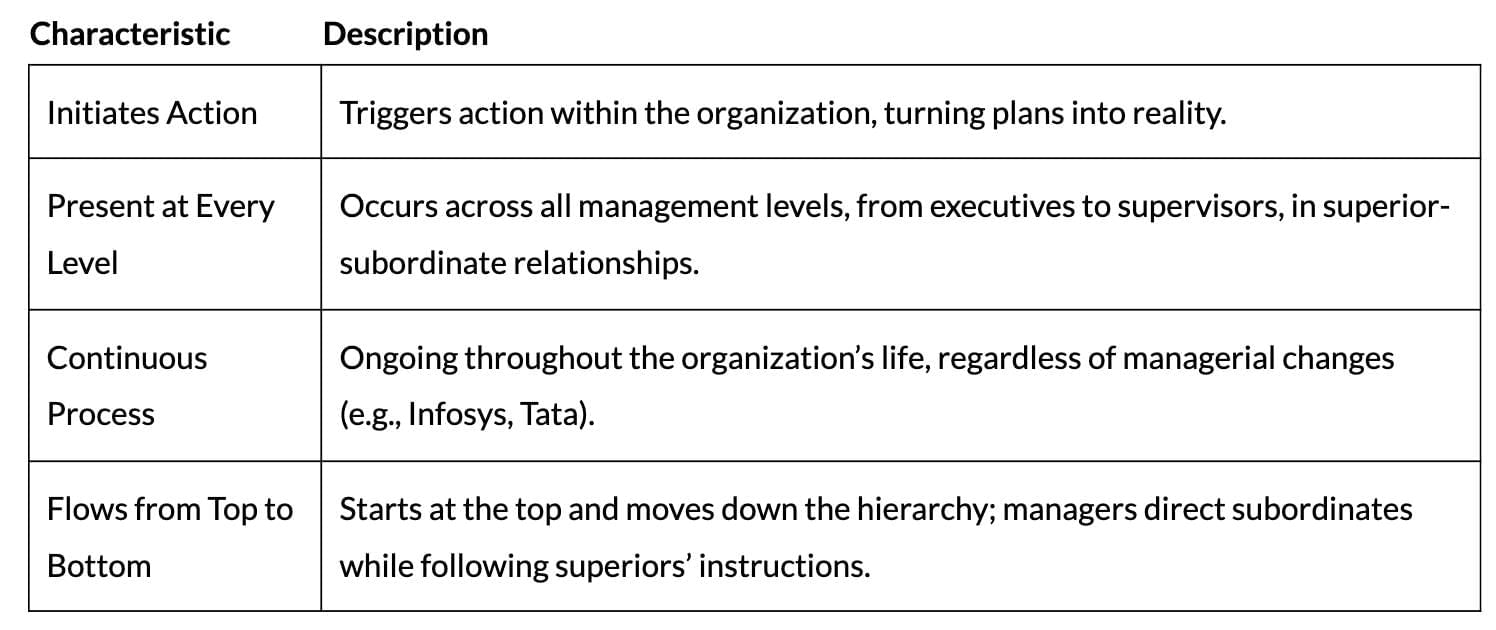
Importance of Directing
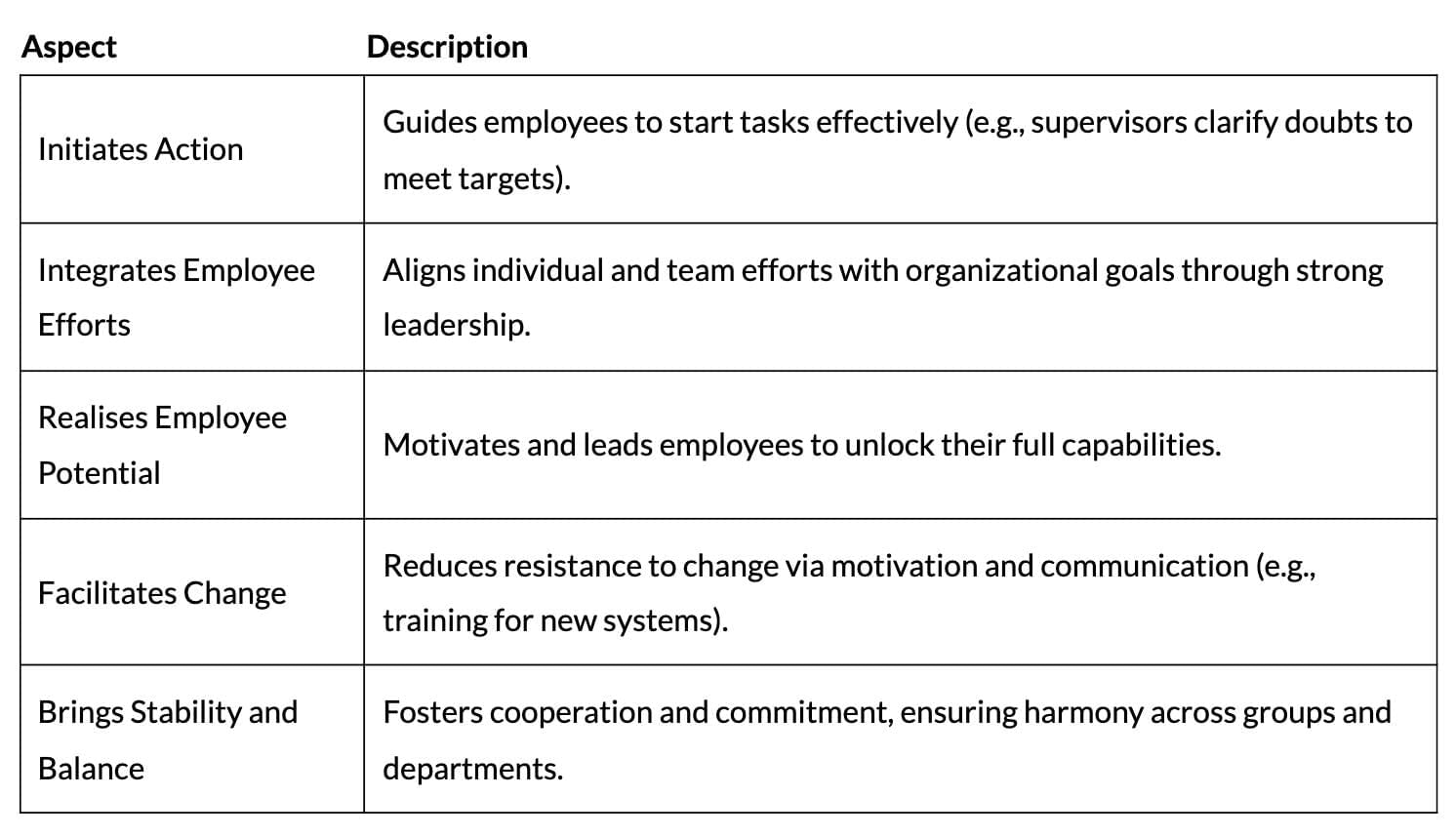
Principles of Directing
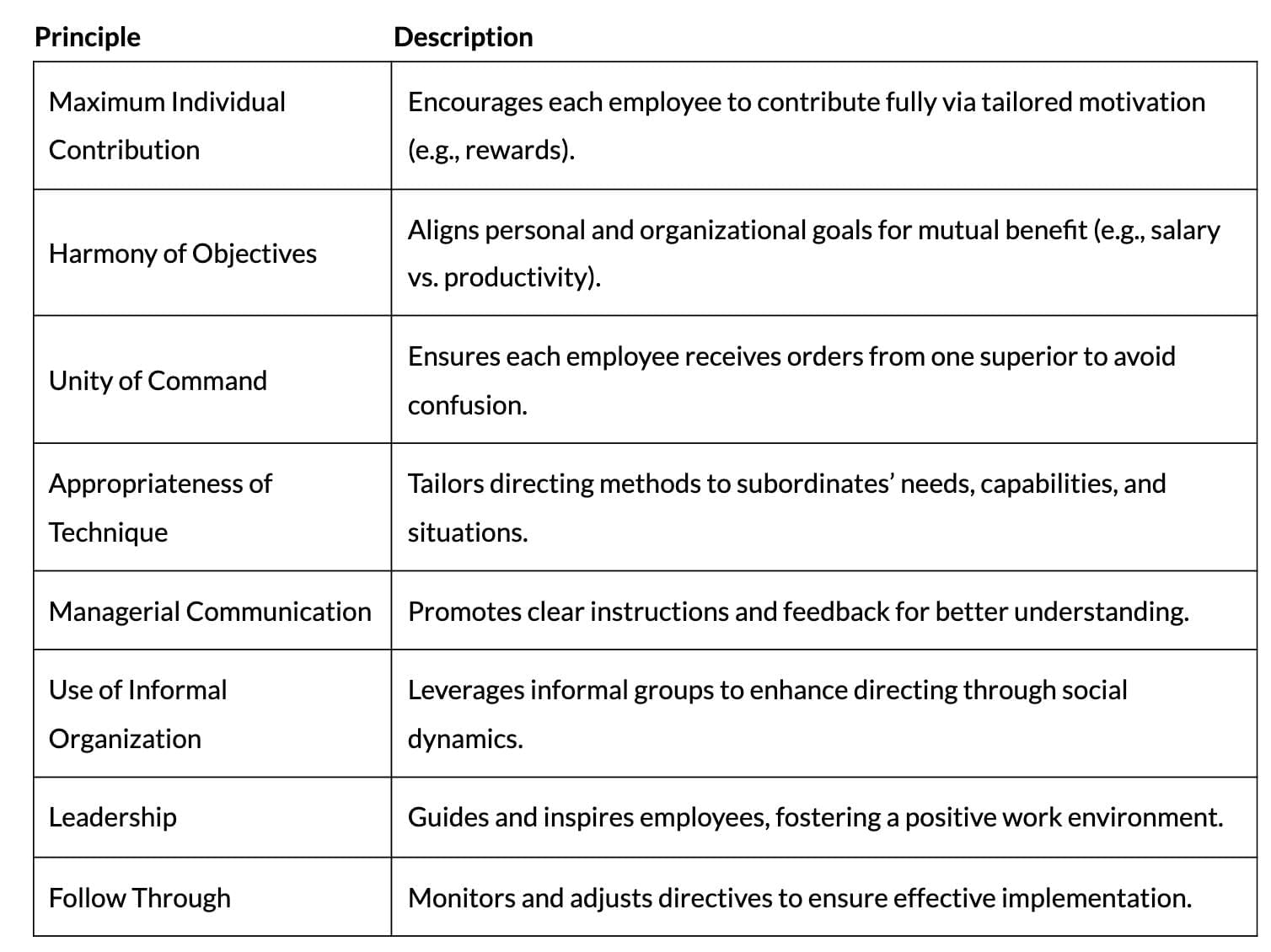
Elements of Directing

Supervision
Supervision involves overseeing tasks to ensure efficiency and quality, either as a directing function (by all managers) or a specific role (direct oversight of workers).
Importance of Supervision
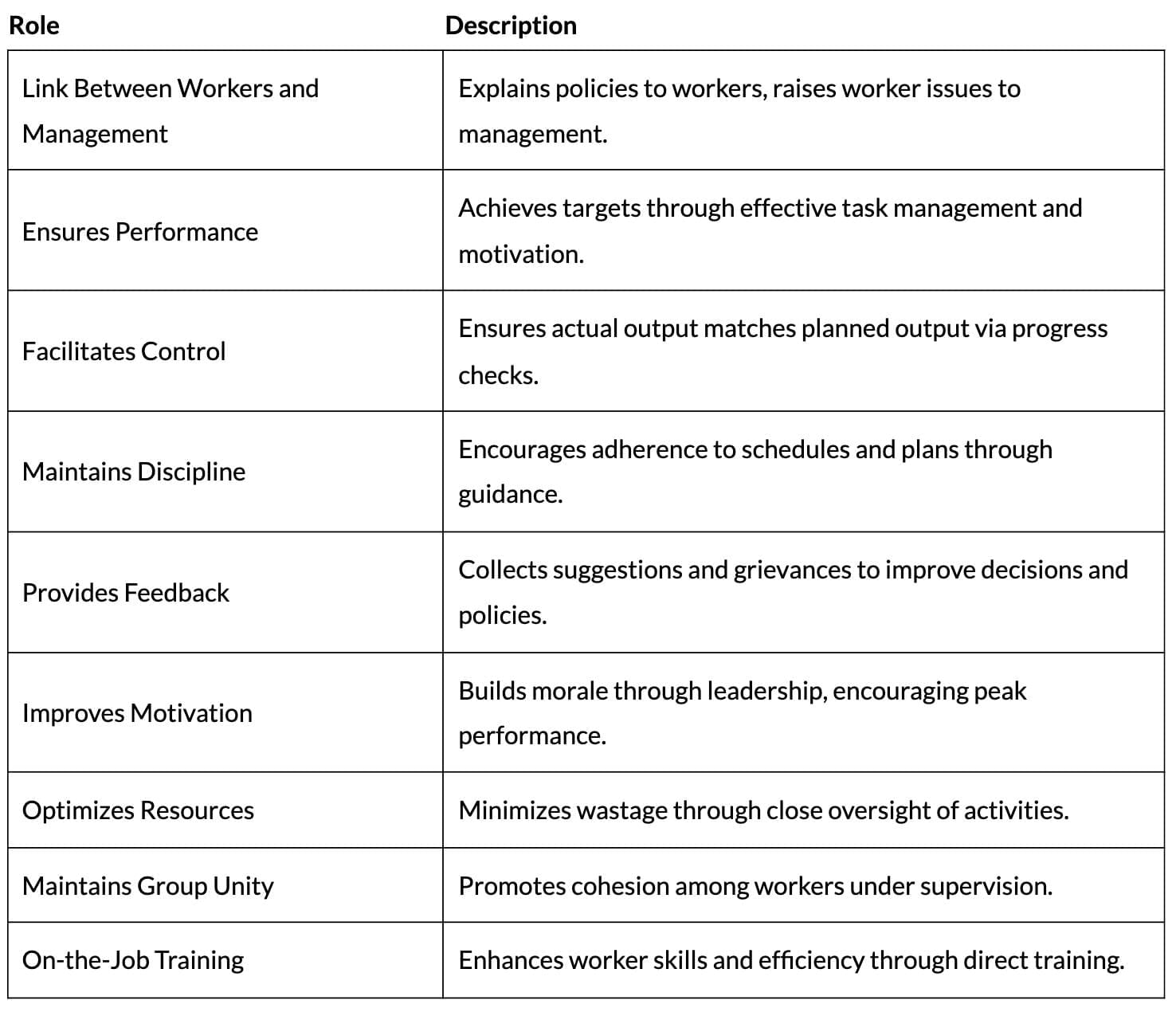
Motivation
Motivation is the process of inspiring employees to achieve goals by fulfilling their needs, using motivators like salary, bonuses, and recognition. (William G. Scout: "Motivation means a process of stimulating people to action to accomplish desired goals.")
Features of Motivation
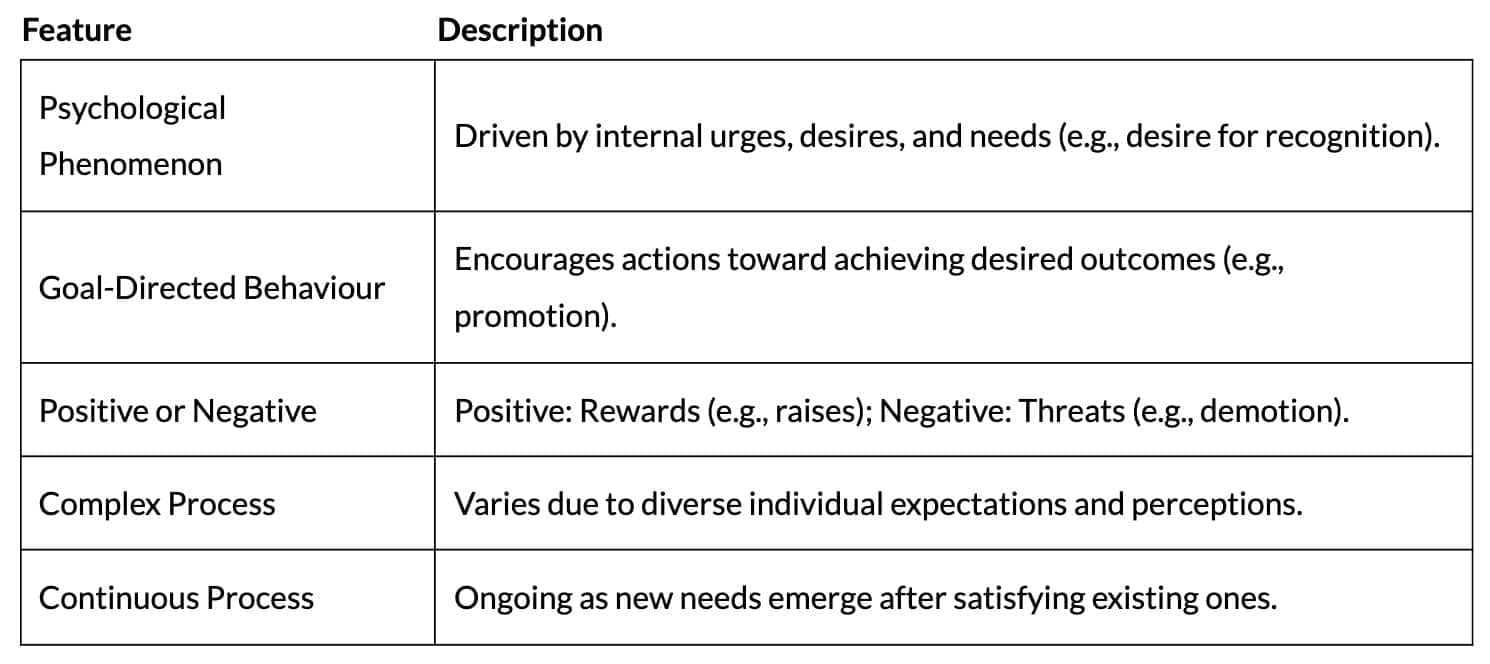
Importance of Motivation
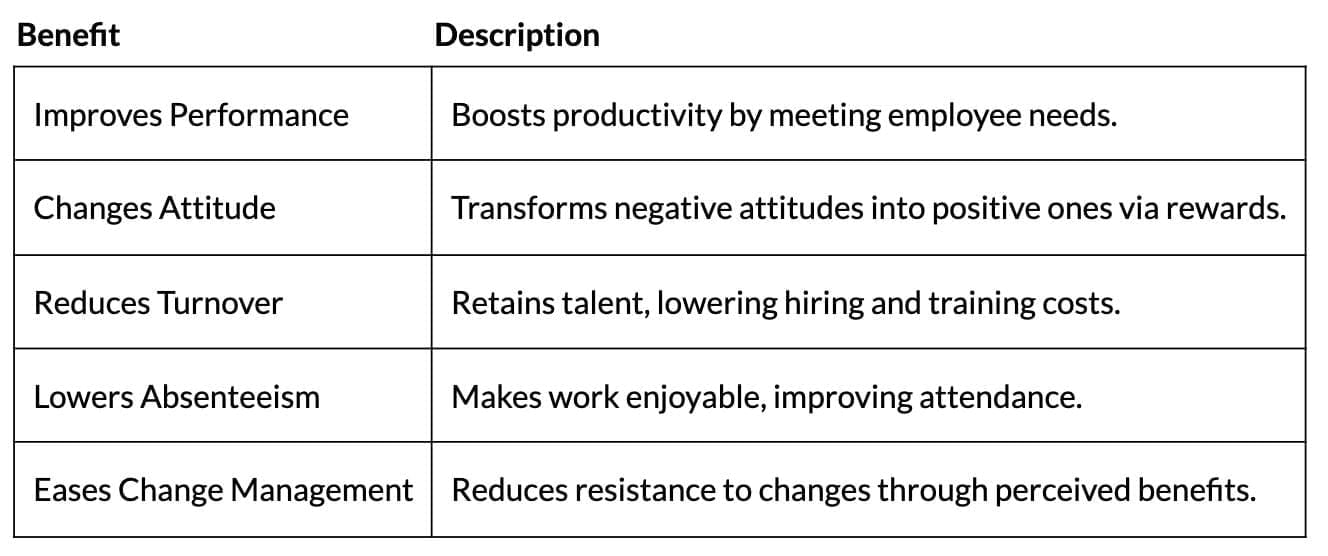
Maslow’s Need Hierarchy Theory
- Assumptions: Behavior is need-driven; needs are hierarchical; satisfied needs cease to motivate; higher needs emerge after lower ones are met.
- Five need levels: Physiological, Safety, Social, Esteem, Self-Actualization.
Financial and Non-Financial Incentives

Leadership
Leadership is influencing people to strive willingly for mutual objectives, maintaining good interpersonal relations, and motivating contributions. (Stephen Covey: Managers are significant, but leaders are essential for lasting success.)
Importance of Leadership
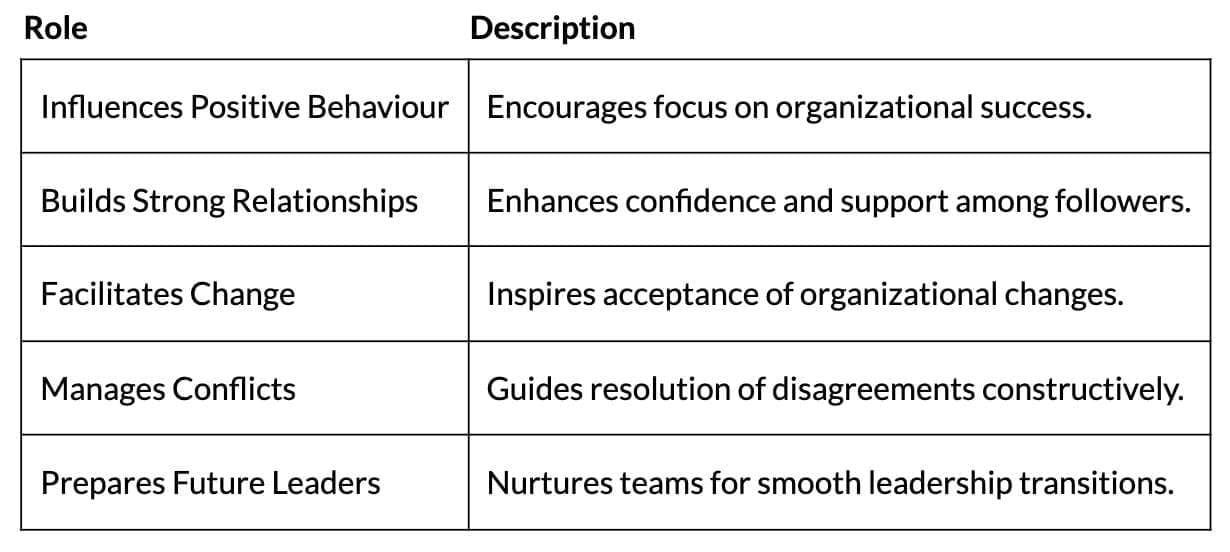
Leadership Styles
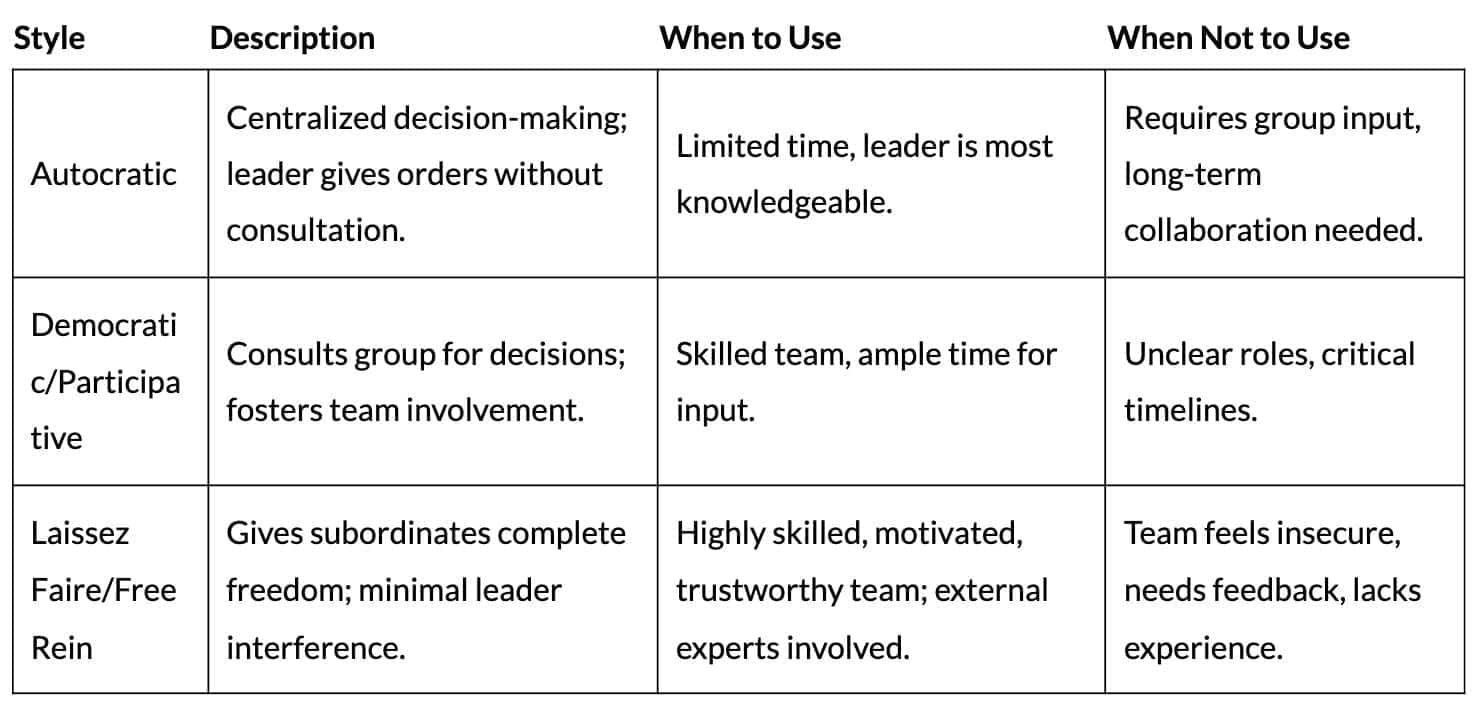
Communication
Communication fosters understanding through telling, listening, and comprehension, essential for coordination, decision-making, and managerial effectiveness.
Elements of the Communication Process
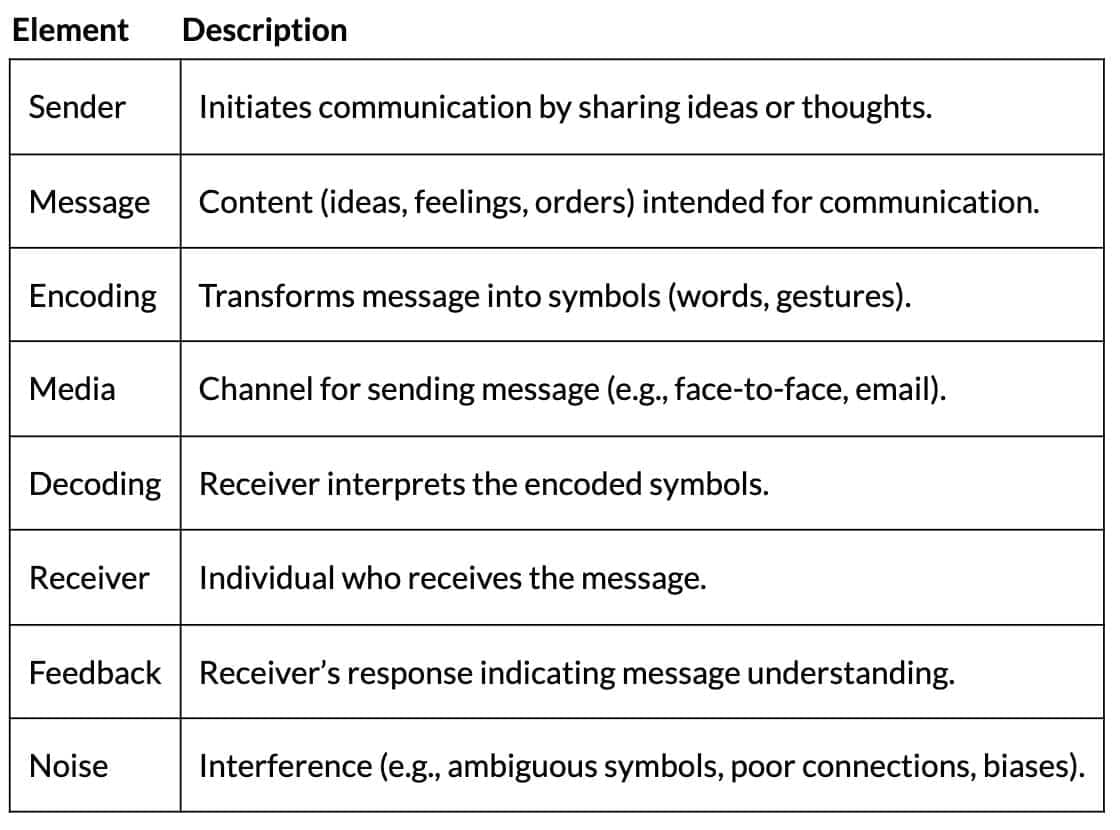
Importance of Communication
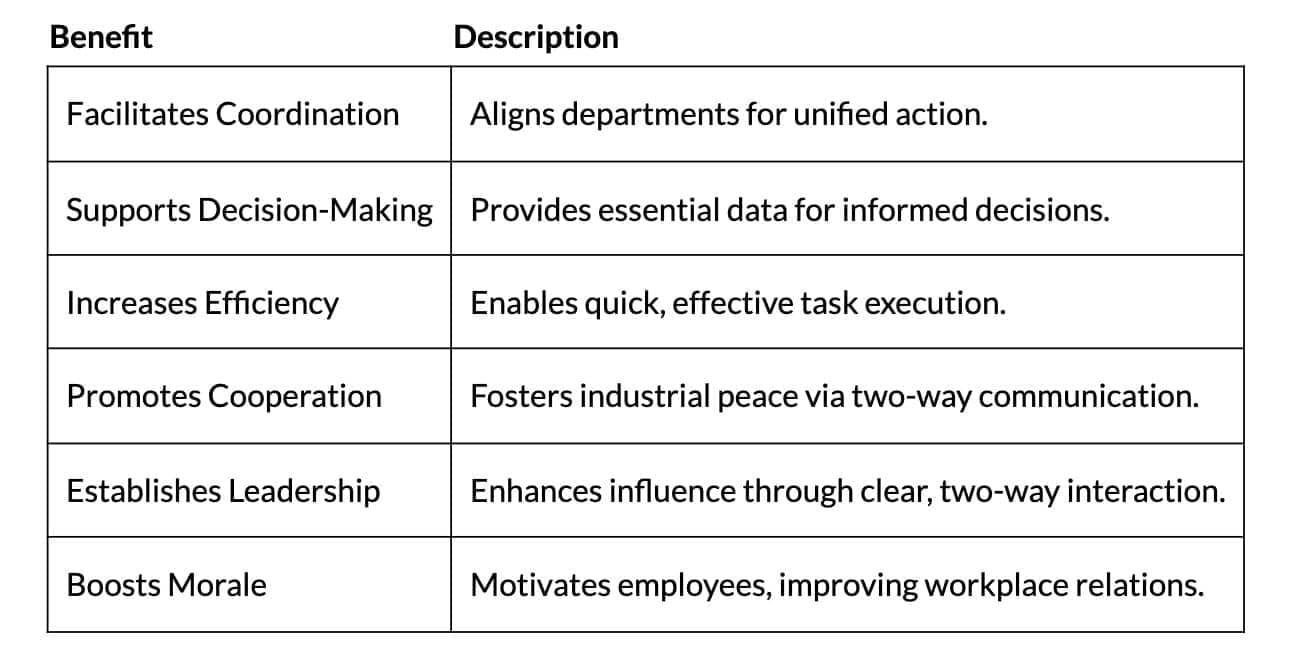
Types of Communication

Barriers to Effective Communication
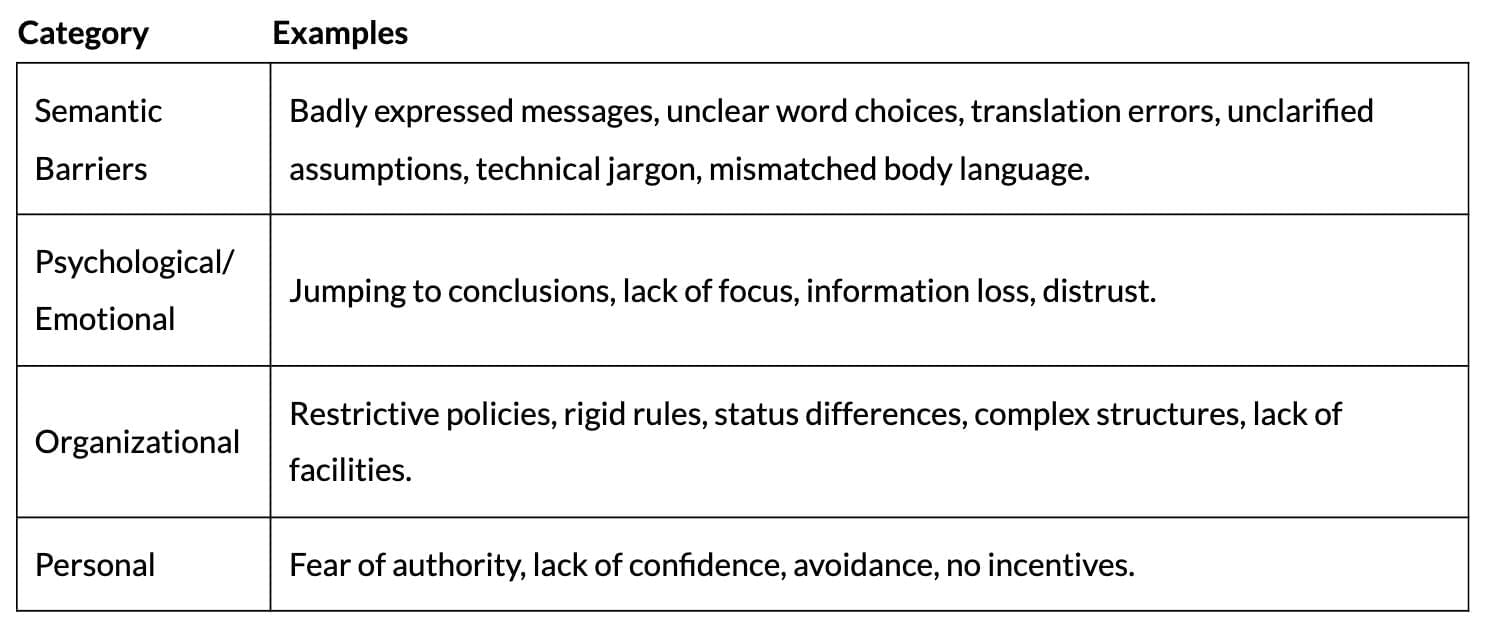
Improving Communication Effectiveness
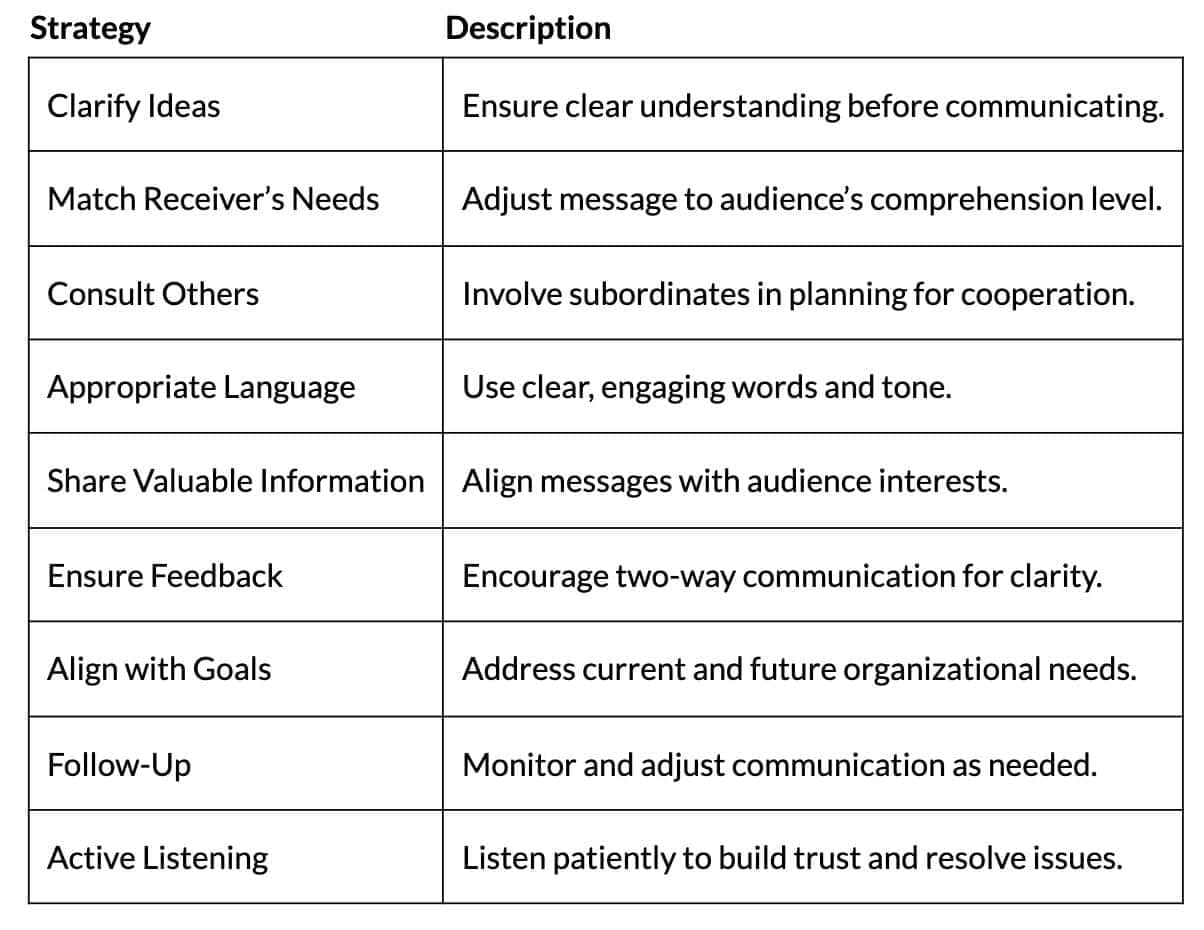
|
51 videos|230 docs|49 tests
|
FAQs on Cheat Sheet: Directing - Business Studies (BST) Class 12 - Commerce
| 1. What is the definition of directing in management? |  |
| 2. What are the key characteristics of directing? |  |
| 3. Why is directing important in an organization? |  |
| 4. What are the main principles of directing? |  |
| 5. How do supervision, motivation, leadership, and communication relate to directing? |  |















